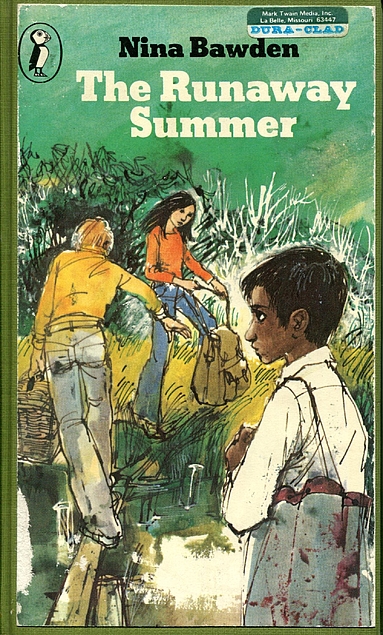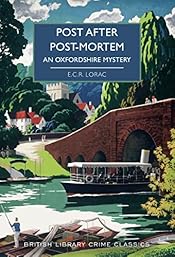To me windmills were just things that were worked by the wind turning their sails, but it turns out that there are all sorts of different windmills. The windmill that we visited in Sebaldeburen lies between a ditch and a canal, with the ditch at a lower level than the canal, so an Archimedes screw is worked by the mill, to take the water from the lower level up to the higher, you can see the screw turning around.

Being in charge of a windmill is a very skilled job, and also quite hard work because if the wind changes direction the sails have to be twisted around to catch it again. That entails turning a hefty looking handcrank. You can see the handcrank in the photo below, plus the windmill operator and some family.

The surrounding fields are of course flat, but still scenic. Just very different from what we’re used to in Scotland.


Yes that is thatch that you can see on the internal walls, but the massive lump of wood in the centre is the windmill shaft which is constantly turning and the whole thing is very noisy, which somehow I don’t associate with thatch.

There are so many things in motion, grinding away, hold onto your hair!

There are lots of steps up, in the Netherlands they are more akin to what we think of as ladders, even in private homes the stairs are VERY steep, it’s often best to go down backwards.

Some disused windmills have been turned into holiday accommodation, presumably for the very fit!

From the ground floor in the windmill you can see all the water flowing underneath it, through a very thick piece of glass, I walked around it!

I well remember when I was in primary school we were given a lesson in lighthouses, and the life appealed to me, of course my teacher told me that girls couldn’t be lighthouse keepers, I could only be a lighthouse keeper’s wife, that’s what school was like in the 1960s! Being a windmill keeper appeals to me too, especially as the job seems to come with a very nice secluded house and garden. But I’ll blog about that some other time.







 Dissolution by C.J. Sansom was first published in 2003 and it’s the first book that I’ve read by the author, in fact it was only when I read his
Dissolution by C.J. Sansom was first published in 2003 and it’s the first book that I’ve read by the author, in fact it was only when I read his 
 A Footman for the Peacock by Rachel Ferguson was originally published in 1940, but was reprinted by Dean Street Press in 2016. It’s A Furrowed Middlebrow Book.
A Footman for the Peacock by Rachel Ferguson was originally published in 1940, but was reprinted by Dean Street Press in 2016. It’s A Furrowed Middlebrow Book. The Other Queen by Philippa Gregory is one of my 20 Books of Summer. It was first published in 2008. I had sworn that I wasn’t going to read any more books about Mary, Queen of Scots for quite a long time – if ever – or any more books by Philippa Gregory for that matter as I think she has some unusual theories on historical facts, but heigh-ho. It was the fact that this one features
The Other Queen by Philippa Gregory is one of my 20 Books of Summer. It was first published in 2008. I had sworn that I wasn’t going to read any more books about Mary, Queen of Scots for quite a long time – if ever – or any more books by Philippa Gregory for that matter as I think she has some unusual theories on historical facts, but heigh-ho. It was the fact that this one features 




 The Runaway Summer by Nina Bawden was first published in 1969 and it’s one of my
The Runaway Summer by Nina Bawden was first published in 1969 and it’s one of my  The Secrets of Blythswood Square by the Scottish author
The Secrets of Blythswood Square by the Scottish author 









 Post After Post-Mortem by E.C.R. Lorac is subtitled An Oxfordshire Mystery. It was first published in 1936 but this edition was published by British Library in 2022. It has an introduction by Martin Edwards.
Post After Post-Mortem by E.C.R. Lorac is subtitled An Oxfordshire Mystery. It was first published in 1936 but this edition was published by British Library in 2022. It has an introduction by Martin Edwards.